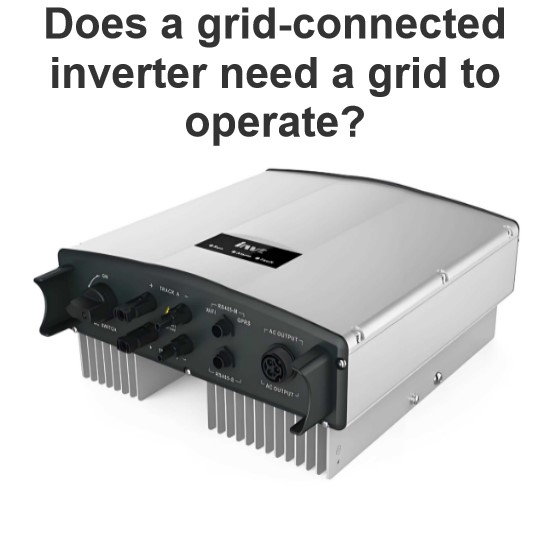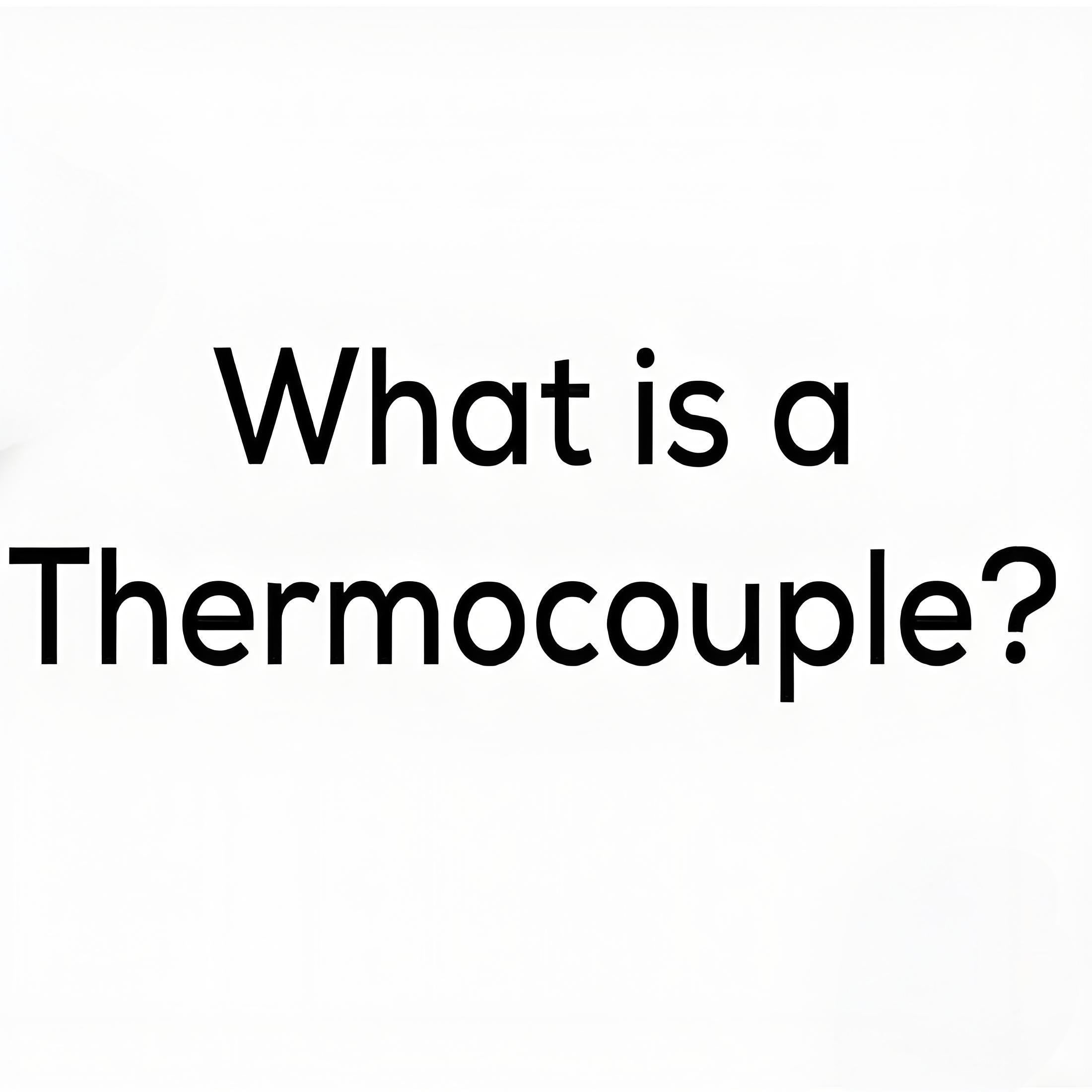What are Photo Electrons?
What are Photo Electrons?
Photoelectron Definition
A photoelectron is defined as an electron emitted from a material when it absorbs light energy. This emission process is called the photoelectric effect and it provides key evidence for the quantum nature of light and matter. This article will explain what photoelectrons are, how they are produced, factors affecting their emission, and their applications in science and technology.

Photoelectric Effect
The photoelectric effect is the process where electrons are emitted from a material when it is exposed to light of sufficient frequency or energy. The material can be metal, a semiconductor, or any substance with free or loosely bound surface electrons. The light can be visible, ultraviolet, or X-ray, depending on the material’s work function.
The work function is defined as the minimum energy needed to remove an electron from a material’s surface. Measured in electron volts (eV), this unit of energy represents the energy gained by an electron moving through a one-volt potential difference. The work function varies with the material type and condition, typically ranging from 2 to 6 eV for metals.
When the light of frequency f or wavelength λ strikes the surface of a material, each photon (or quantum of light) carries an energy E given by
E=hf=λhc
where h is Planck’s constant (6.626 x 10^-34 J s), and c is the speed of light (3 x 10^8 m/s). If the photon energy E is greater than or equal to the work function W of the material, then the photon can transfer its energy to an electron on the surface, and the electron can escape from the material with some kinetic energy K given by
K=E−W=hf−W
The electrons that are emitted in this way are called photoelectrons, and they form a photocurrent that can be measured by connecting the material to an external circuit.
Work Function
The work function is the minimum energy needed to remove an electron from a material, affecting the photoelectron emission.
Instantaneous Emission
The emission of photoelectrons is instantaneous and depends on the light’s frequency, not its intensity.
Applications
Photoelectric cells or solar cells: These are devices that convert light energy into electrical energy by using the photoelectric effect. They consist of a semiconductor material (such as silicon) that absorbs photons and emits photoelectrons, which are then collected by electrodes and form an electric current.
Photomultiplier tubes: These are devices that amplify weak signals of light by using a series of electrodes that emit secondary electrons when they are hit by photoelectrons. They are used in detectors for radiation, spectroscopy, astronomy, and medical imaging.
Photoelectron spectroscopy:
This is a technique that uses photoelectrons to analyze the chemical composition and electronic structure of materials. It involves shining a beam of photons (such as X-rays or UV light) on a sample and measuring the kinetic energy and angular distribution of the emitted photoelectrons. By using the conservation of energy principle, the binding energy of the photoelectrons can be calculated, which reflects the energy levels of the atoms and molecules in the sample. Photoelectron spectroscopy can provide information about the valence and core electrons, the molecular orbitals, the chemical bonds, and the surface properties of materials. Photoelectron spectroscopy is widely used in physics, chemistry, biology, and materials science.
Summary
In this article, we have learned about photoelectrons and their applications. Photo electrons are electrons that are emitted from a material when it absorbs light energy above a certain threshold frequency.
The phenomenon of photoelectron emission is known as the photoelectric effect, and it supports the quantum theory of light and matter. The photoelectric effect has some characteristic features that depend on the frequency and intensity of light, the work function of the material, and the kinetic energy of photoelectron.
Photo electrons can be used to study the electronic structure and chemical composition of materials by using various techniques of photoelectron spectroscopy, such as X-ray photoelectron spectroscopy (XPS), ultraviolet photoelectron spectroscopy (UPS), angle-resolved photoelectron spectroscopy (ARPES), two-photon photoelectron spectroscopy (2PPE), and extreme-ultraviolet photoelectron spectroscopy (EUPS).
Photoelectron spectroscopy is an important tool for understanding the properties and interactions of atoms and molecules in different states of matter.
The Electricity Encyclopedia is dedicated to accelerating the dissemination and application of electricity knowledge and adding impetus to the development and innovation of the electricity industry.













